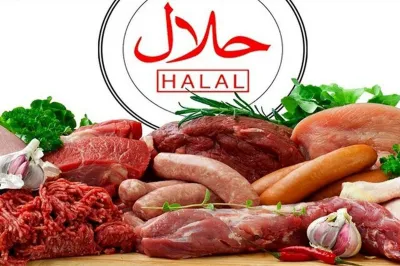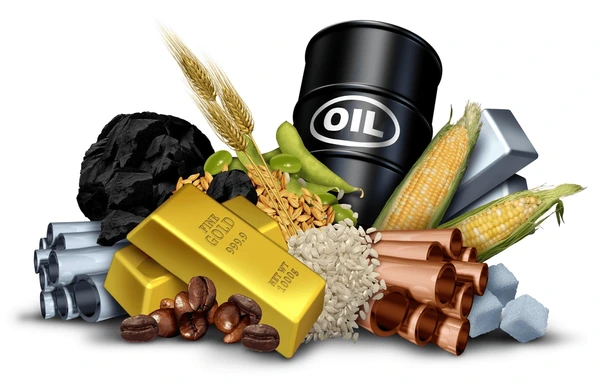


Directory of Tea and coffee suppliers in China
 HUNAN HONGDA TEA FACTORY1 months ago
HUNAN HONGDA TEA FACTORY1 months ago ProfileTea And Coffee
ProfileTea And Coffee Veronica2 months ago
Veronica2 months ago ProfileAluminum
ProfileAluminum Ye zhuobin5 months ago
Ye zhuobin5 months ago ProfileChalcopyrite, Ruby, Emerald
ProfileChalcopyrite, Ruby, Emerald William Liang GETO new materials9 months ago
William Liang GETO new materials9 months ago ProfileCement, Brick, Concrete Blocks, Steel, Aluminum, Apartment, Industrial Buildings, Office, Shops And Stores, Villa
ProfileCement, Brick, Concrete Blocks, Steel, Aluminum, Apartment, Industrial Buildings, Office, Shops And Stores, Villa David Huang13 months ago
David Huang13 months ago ProfileTurquoise
ProfileTurquoise Shanghai Minglan Chemical Co.,Ltd.20 months ago
Shanghai Minglan Chemical Co.,Ltd.20 months ago Profile
Profile






